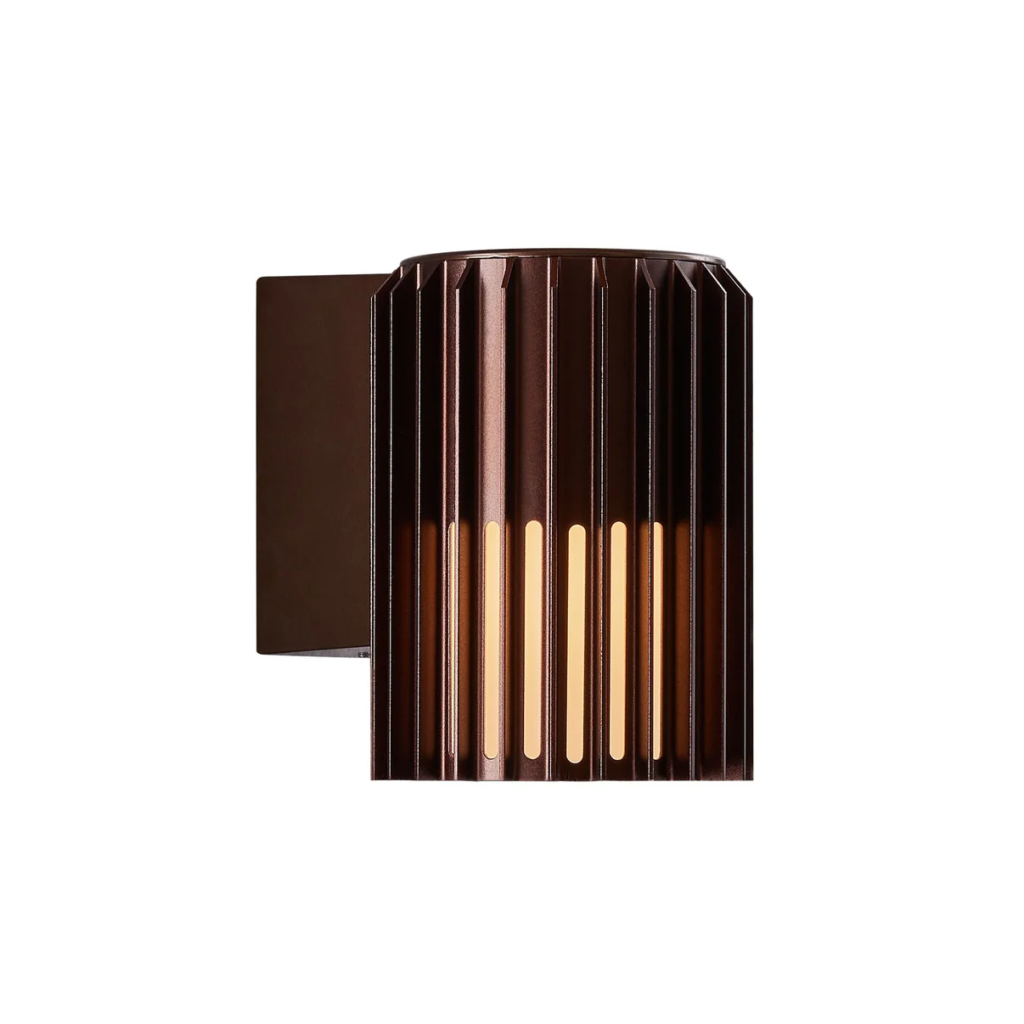Lighting has come a long way from the days of candles and gas lamps to modern electric bulbs. Traditional incandescent bulbs were once the standard, followed by compact fluorescent lamps (CFLs) that offered better efficiency. However, the introduction of Light Emitting Diodes (LEDs) has revolutionized the industry, offering a superior lighting solution that outperforms older technologies in nearly every way. With advancements in energy efficiency, lifespan, and environmental impact, LEDs have quickly become the preferred choice for homeowners, businesses, and governments alike.
Energy Efficiency: A Clear Winner
One of the biggest advantages of LEDs over traditional bulbs is their energy efficiency. Incandescent bulbs convert a significant portion of electricity into heat rather than light, making them highly inefficient. In contrast, leds use advanced semiconductor technology to produce light with minimal wasted energy. This results in LEDs consuming up to 80% less power than incandescent bulbs and about 40% less than CFLs. With global energy consumption on the rise, switching to LED lighting can significantly reduce electricity bills and overall energy demand.
Lifespan and Durability
LEDs are designed to last much longer than traditional bulbs. A standard incandescent bulb typically lasts around 1,000 hours, while CFLs offer around 8,000 hours of use. LEDs, on the other hand, can last anywhere from 25,000 to 50,000 hours, making them a much more cost-effective option in the long run. Additionally, LEDs are built with solid-state components, which makes them more durable and resistant to breakage compared to the fragile filaments in incandescent bulbs or the delicate glass tubes in CFLs. This makes LEDs an ideal choice for areas with high usage and for outdoor lighting where weather conditions can affect performance.
Environmental Impact and Sustainability
LEDs are significantly more environmentally friendly compared to traditional lighting options. Incandescent bulbs contribute to high carbon emissions due to their excessive energy consumption, and CFLs contain small amounts of mercury, posing a hazard if broken or improperly disposed of. LEDs, however, contain no toxic materials and require much less energy to operate, reducing greenhouse gas emissions. Their long lifespan also means fewer replacements, which results in less waste and lower production demands. As more people seek sustainable solutions for their homes and businesses, LEDs provide an eco-conscious lighting alternative.
Light Quality and Versatility
Traditional incandescent bulbs emit a warm, yellowish light, while CFLs often have a cooler, white glow. LEDs, however, offer a wide range of color temperatures and brightness levels, making them adaptable to different environments and preferences. From soft, warm lighting for cozy home settings to bright, daylight-like illumination for workspaces, LEDs provide greater flexibility in lighting design. Additionally, LEDs are available in dimmable versions, allowing users to adjust brightness levels as needed. Their ability to produce colored lighting without the need for additional filters also makes them popular for decorative and smart lighting applications.
Smart Lighting and Modern Innovations
One of the key reasons LEDs are shaping the future of lighting is their compatibility with smart technology. Many LED bulbs can be controlled through mobile apps, voice assistants, and home automation systems, allowing users to customize lighting remotely. Features such as color-changing capabilities, motion sensors, and programmable schedules make LEDs a key component of modern smart homes. These innovations not only enhance convenience but also contribute to energy savings by ensuring lights are only used when needed. As smart technology continues to evolve, LEDs will remain at the forefront of intelligent lighting solutions.

Cost Considerations and Long-Term Savings
While LEDs may have a higher upfront cost compared to traditional bulbs, their long-term benefits far outweigh the initial investment. Their energy efficiency leads to significant savings on electricity bills, and their extended lifespan reduces the need for frequent replacements. Over time, the cost of maintaining incandescent or CFL bulbs adds up, making LEDs the more economical choice. Many governments and utility companies also offer rebates and incentives for switching to energy-efficient lighting, further offsetting the initial purchase price. When considering both direct and indirect savings, LEDs prove to be the most cost-effective lighting solution available.
The Future of Lighting: LEDs Leading the Way
As technology continues to advance, LEDs are set to dominate the lighting industry even further. Their energy efficiency, durability, and adaptability make them the ideal choice for homes, businesses, and public spaces. With the growing demand for sustainability and smart home integration, traditional bulbs are rapidly becoming obsolete. The shift toward LED lighting is not just a trend but a necessary step toward a more energy-efficient and environmentally conscious future. Those who make the switch today are investing in long-term benefits that will improve both their quality of life and the planet’s well-being.
